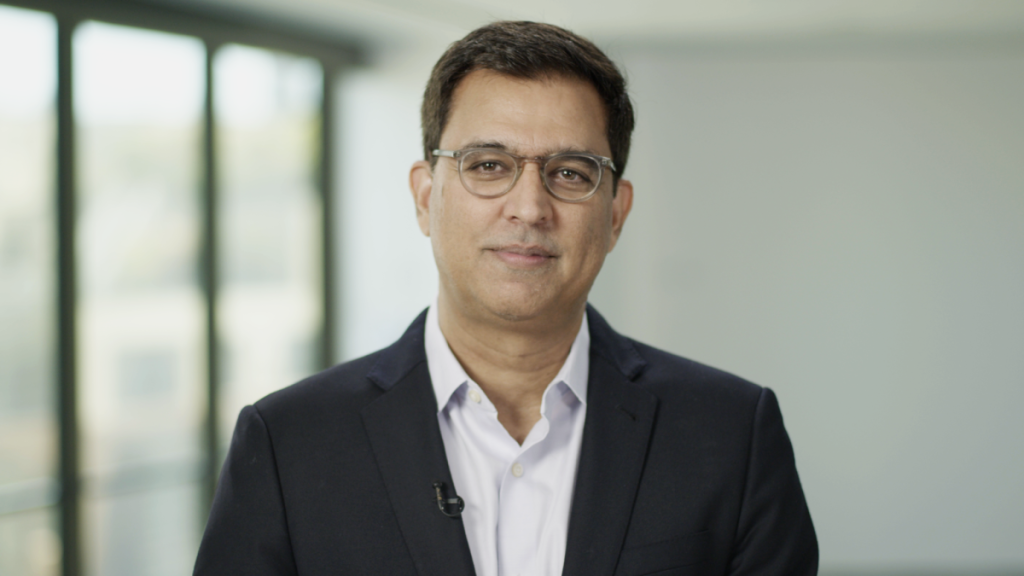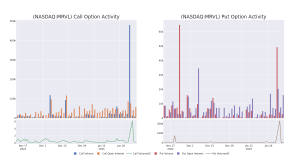
Rajat Taneja has a delicate balancing act in his role as president of technology at Visa.
He is responsible for the security and resilience of 639 million transactions each day, money that moves between more than 150 million merchants and 4.6 billion active Visa cards while keeping pace with fast-evolving technologies like generative artificial intelligence.
“That infrastructure has to run in a rock solid manner,” says Taneja, who has worked at Visa for more than 11 years, after serving as chief technology officer at video game publisher Electronic Arts and a 15-year career in research and development leadership roles at Microsoft.
When he initially joined Visa in 2013 as a EVP of technology, the company was beginning to see an evolution from simpler forms of AI to more deep learning, neural networks that can learn from data including images and text.
Taneja and Visa then spent a few years—and $3.5 billion in total—rebuilding the company’s data platform from scratch, including rebuilding and rearchitecting systems to support more modern technologies like digital and mobile commerce, as well as tokenization, which replaces the 16-digit number found on a card with a digital “token” that Visa says reduces the risk of a data breach. The refreshed data platform also helped position Visa for the generative AI boom.
Visa’s researchers had been exploring generative AI but it was after the ChatGPT breakthrough in late 2022 that Taneja and his team created rules to protect the company’s data, avoid any copyright infringement, and ensure the models Visa uses are compliant with regulations. The company also gave nearly all its workforce access to a secure, internal version of ChatGPT, and it has licenses with Microsoft Copilot for software developers and the sales team.
“We give unfettered access, but with the guardrails and the controls that we built at the beginning,” says Taneja.
Today, Visa has embedded more than 100 products with AI and generative AI technologies. Fraud prevention is a big area of focus for Visa’s generative AI applications, especially because bad actors are also using generative AI for phishing attacks, helping scammers craft emails, texts, or calls to extract personal banking information from their victims.
Some newer generative AI tools include Visa Account Attack Intelligence, which uses the technology to identify and score attacks before a merchant is compromised, and Visa Protect for Account to Account Payments, which provides a risk score to assist financial institutions and automatically block bad transactions deemed suspicious.


